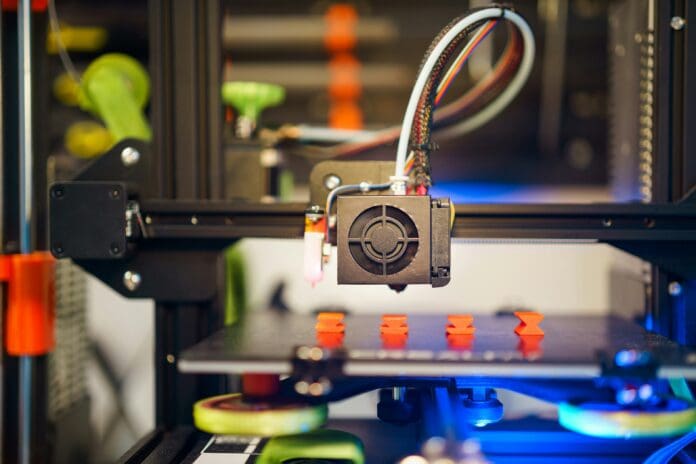
This post is also available in:
 Hebrew ((Hebrew)))
Hebrew ((Hebrew)))
A new research effort offers a clearer picture of how easily 3D-printed components perform under stress, with the potential to improve reliability and efficiency in several industries. The work focuses on the improvement of methods for strength forecast for parts that were manufactured using additive manufacturing (AM), in particular those with complex internal geometries that were developed to reduce material consumption without compromise performance.
The study is carried out on the advanced structures and composite center of the University of Maine and introduces a new modeling approach that combines computing simulations with physical tests. The researchers focused specifically on the gyroid infill-one repeated, grille-like internal structure, which is often used in 3D printing, since the voltage is efficiently spread and the stability is maintained and at the same time significantly reduces the weight.
In order to assess how this infill pattern reacts in different types of mechanical tension, the team finite elements (FEA) carried out and then tested physical prototypes under compression and shear. The results confirmed that, according to interesting engineering, their predictive models were brought into harmony with real performance with real performance.
In contrast to conventional methods, which often fall off when evaluating the mechanical performance of complicated infill designs, the researcher approach offers semi-empirical equations that can be integrated directly in the design process or in optimization tools. In this way, engineers can make in -depth decisions about material selection and structural layout at the beginning of the development process.
This progress is particularly relevant for sectors such as aerospace, automotive, defense and medical devices in which high strength weight relationships are of crucial importance. With more precise data on how to use gyroid-refilled parts under load, designers can reduce unnecessary material consumption and at the same time maintain or even improve mechanical performance.
The researchers also find that their methodology is not limited to gyroid structures. It can be adapted for the analysis of other infill patterns, which are usually used in additive production and are opened more extensive applications for the light structural design.
The recent results of the study in Additive production progressMark a significant step towards more efficient and reliable 3D printed components and offer engineers tools to better predict and optimize the performance of the design stage.
